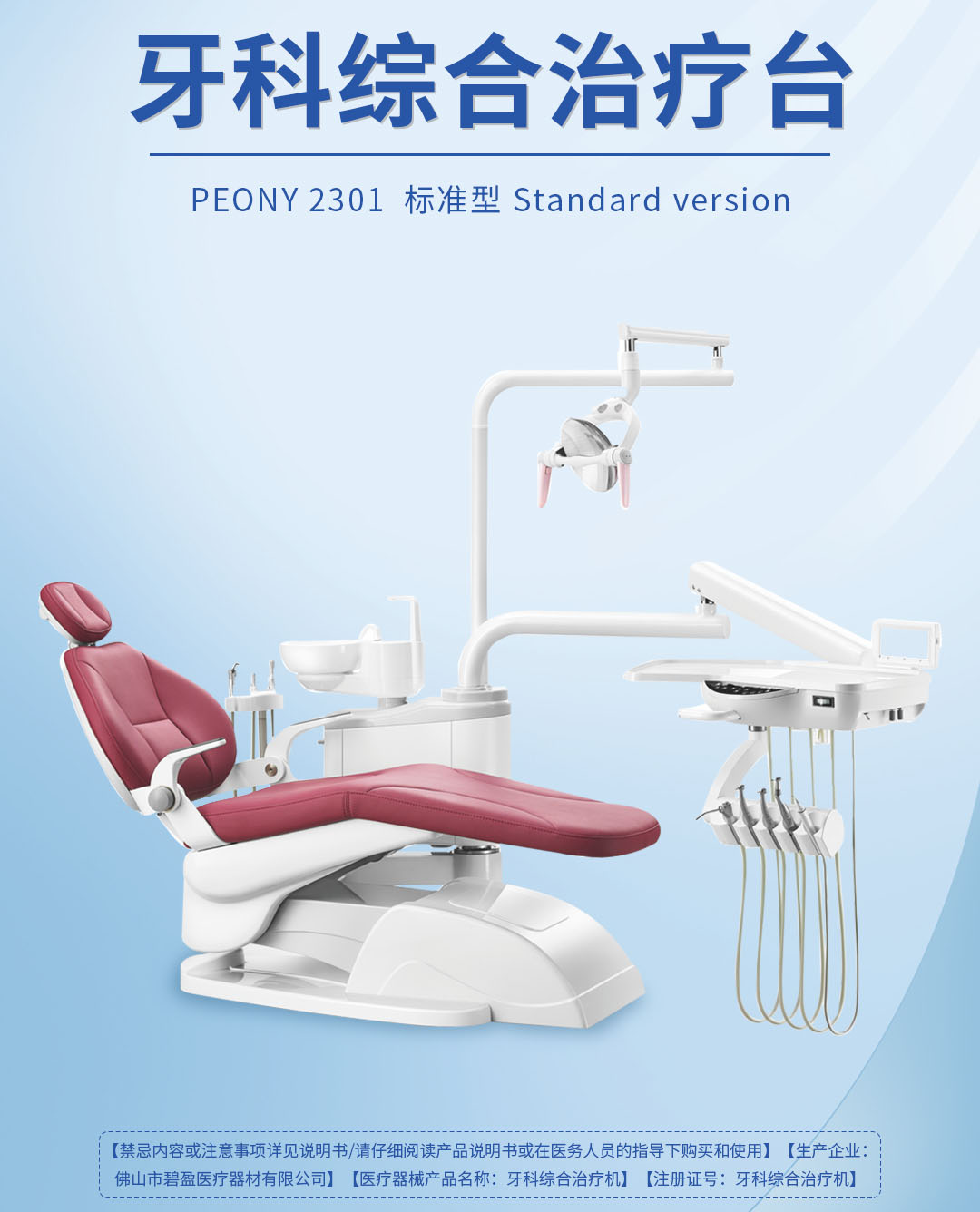Nature:首先韩国人基因组图谱绘制完成
- 自然2009年8月4日 9:26 点击:1562
英国《自然》杂志网站7月8日在线发布了韩国首尔国立大学科学家完成的首个韩国人全基因组测序结果。这是继一名非洲人、两名白人和一名中国人后,全球第五例全基因组测序。
首尔大学的科学家在论文中表示,这名代号为AK1的韩国人的测序成功,将帮助人类更多地了解不同人种遗传的变迁和迁徙的特性。
此前得到完整测序的四个人分别是一名非洲优鲁巴人、基因研究的先驱詹姆斯·沃森、克里格·文特和一名代号为YH的中国人。
韩国科学家发现,AK1的全基因组序列上的单核苷酸多态性位点(SNP)数量有345万个,这与沃森的基因组相似,比克里格•文特和YH的基因组要多,少于优鲁巴人。
他们认为,这种差异有可能是技术上的原因,但也有可能代表了不同个体之间一定的差异。单核苷酸多态性是人类基因组中最常见、分布最广泛的DNA多态性类型。随着人类基因组计划的迅猛发展,越来越多的单核苷酸多态性位点被发现,使其可以广泛应用于人类遗传性和遗传相关性疾病的诊断、群体遗传学的研究。
在这五个人的一共953万个SNP中,有8%是所有人共有的,有21%为AK1所独有。在AK1的345万个SNP中,异型接合的SNP为211万个,其与同性结合的SNP的比值为1.57,说明AK1的SNP多样性要多于沃森、文特和YH,但是要少于优鲁巴人。
韩国研究人员指出,下一步应该用同样的方法去分析其他人种的基因组,以说明人种内部和人种间的遗传变化。
在目前完成的五个完整基因组测序中,韩国人AK1,中国人YH和非洲优鲁巴人是用类似方法得到的,因此三者更具可比性。
2008年12月,韩国联合通讯社就提前报道了第一个完整韩国人基因组图谱绘制成功的消息。当时报道透露,分析测序中使用的基因物质来自于嘉泉医科大学教授金圣镇。2009年3月,韩国科学家把论文提交给《自然》杂志。此次该成果发布在《自然》杂志网站,是韩国研究人员首次公布其测序方法和结果,但隐去了基因物质的来源。
韩国联合通讯社引用研究人员的观点说,对韩国人基因组图谱的初步解读证实了韩国人同中国人和日本人的差异性。染色体碱基序列分析发现,在非洲人、西方人及东方人中,韩国人的基因属于东方人类型,居于中国人和日本人之间。以SNP分析,金圣镇的染色体与沃森和中国YH的染色体序列的差异度分别为0.05%和0.04%。(生物谷Bioon.com)
原始出处:
Nature 8 July 2009 | doi:10.1038/nature08211
A highly annotated whole-genome sequence of a Korean individual
Jong-Il Kim1,2,4,5,11, Young Seok Ju1,2,11, Hansoo Park1,5, Sheehyun Kim4, Seonwook Lee4, Jae-Hyuk Yi1, Joann Mudge6, Neil A. Miller6, Dongwan Hong1, Callum J. Bell6, Hye-Sun Kim4, In-Soon Chung4, Woo-Chung Lee4, Ji-Sun Lee4, Seung-Hyun Seo5, Ji-Young Yun5, Hyun Nyun Woo4, Heewook Lee4, Dongwhan Suh1,2,3, Seungbok Lee1,2,3, Hyun-Jin Kim1,3, Maryam Yavartanoo1,2, Minhye Kwak1,2, Ying Zheng1,2, Mi Kyeong Lee5, Hyunjun Park1, Jeong Yeon Kim1, Omer Gokcumen7, Ryan E. Mills7, Alexander Wait Zaranek8, Joseph Thakuria8, Xiaodi Wu8, Ryan W. Kim6, Jim J. Huntley9, Shujun Luo9, Gary P. Schroth9, Thomas D. Wu10, HyeRan Kim4, Kap-Seok Yang4, Woong-Yang Park1,2,3, Hyungtae Kim4, George M. Church8, Charles Lee7, Stephen F. Kingsmore6 & Jeong-Sun Seo1,2,3,4,5
1 Genomic Medicine Institute (GMI), Medical Research Center, Seoul National University, Seoul 110-799, Korea
2 Department of Biochemistry and Molecular Biology, Seoul National University College of Medicine,
3 Department of Biomedical Sciences, Seoul National University Graduate School, Seoul 110-799, Korea
4 Macrogen Inc., Seoul 153-023, Korea
5 Psoma Therapeutics, Inc., Seoul 110-799, Korea
6 National Center for Genome Resources, Santa Fe, New Mexico 87505, USA
7 Department of Pathology, Brigham and Women's Hospital and Harvard Medical School, Boston, Massachusetts 02115, USA
8 Department of Genetics, Harvard Medical School, Boston, Massachusetts 02115, USA
9 Illumina Inc., Hayward, California 94545, USA
10 Department of Bioinformatics, Genentech Inc., South San Francisco, California 94080, USA
11 These authors contributed equally to this work.
Recent advances in sequencing technologies have initiated an era of personal genome sequences. To date, human genome sequences have been reported for individuals with ancestry in three distinct geographical regions: a Yoruba African, two individuals of northwest European origin, and a person from China1, 2, 3, 4. Here we provide a highly annotated, whole-genome sequence for a Korean individual, known as AK1. The genome of AK1 was determined by an exacting, combined approach that included whole-genome shotgun sequencing (27.8 coverage), targeted bacterial artificial chromosome sequencing, and high-resolution comparative genomic hybridization using custom microarrays featuring more than 24 million probes. Alignment to the NCBI reference, a composite of several ethnic clades5, 6, disclosed nearly 3.45 million single nucleotide polymorphisms (SNPs), including 10,162 non-synonymous SNPs, and 170,202 deletion or insertion polymorphisms (indels). SNP and indel densities were strongly correlated genome-wide. Applying very conservative criteria yielded highly reliable copy number variants for clinical considerations. Potential medical phenotypes were annotated for non-synonymous SNPs, coding domain indels, and structural variants. The integration of several human whole-genome sequences derived from several ethnic groups will assist in understanding genetic ancestry, migration patterns and population bottlenecks.
联系邮箱:kefu@labbase.net
版权与免责声明
- 凡本网注明“来源:来宝网”的所有作品,版权均属于来宝网,转载请必须注明来宝网, //www.next-search.com,违反者本网将追究相关法律责任。
- 本网转载并注明自其它来源的作品,目的在于传递更多信息,并不代表本网赞同其观点或证实其内容的真实性,不承担此类作品侵权行为的直接责任及连带责任。其他媒体、网站或个人从本网转载时,必须保留本网注明的作品来源,并自负版权等法律责任。
- 如涉及作品内容、版权等问题,请在作品发表之日起一周内与本网联系,否则视为放弃相关权利。







